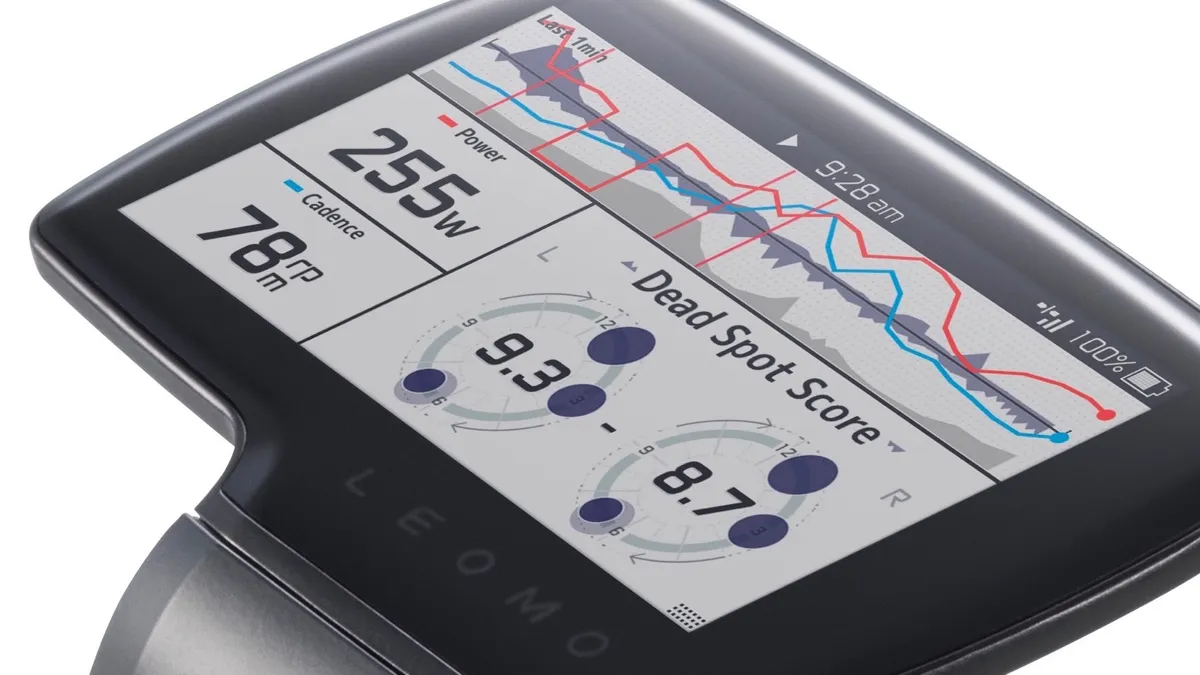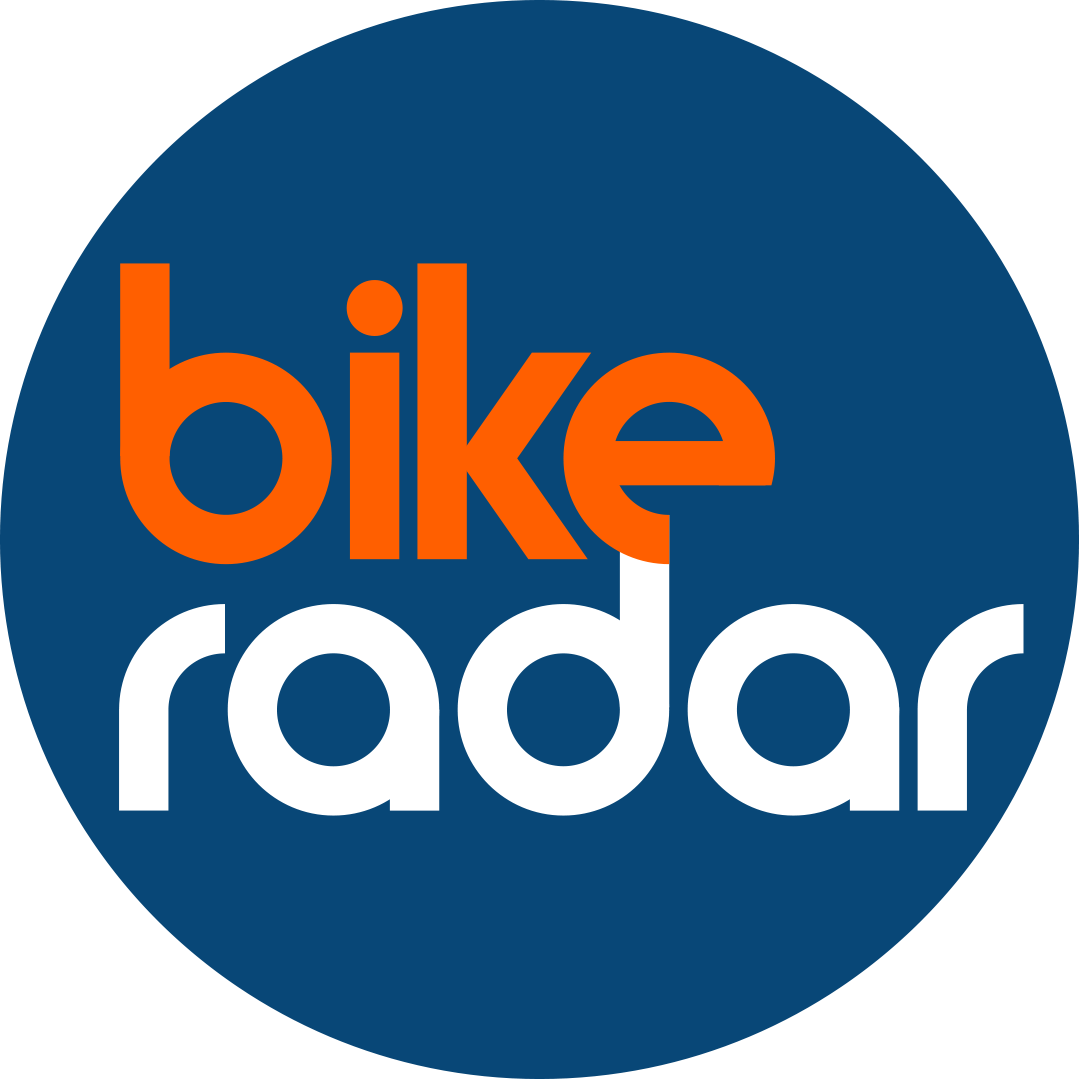The bike industry has made a lot of progress in understanding the interface between rider in the past decade, and the new Leomo Type-R wearable measurement tool appears to be yet another major step forward, offering three-dimensional motion capture on the bike outdoors.
Until recently, when riders, coaches or researchers wanted to quantify how cyclists moved atop a bicycle, few options existed. Sure, there were university biomechanics and performance labs, but rarely do the opportunities to be in this environment present themselves.
With the recent arms race of bike fit technologies, innovations previously found only in multi-million dollar facilities have entered the brick-and-mortar bike shop, like motion-capture systems from Retül and Guru. These motion capture systems, and to some extent video capture, have enabled riders, coaches and physios to evaluate rider movements while pedaling on a trainer.
This information has proven beneficial for a lot of riders, but it does fall victim to one continuous criticism: How representative is a stationary fit to what is really happening when riding down the road?
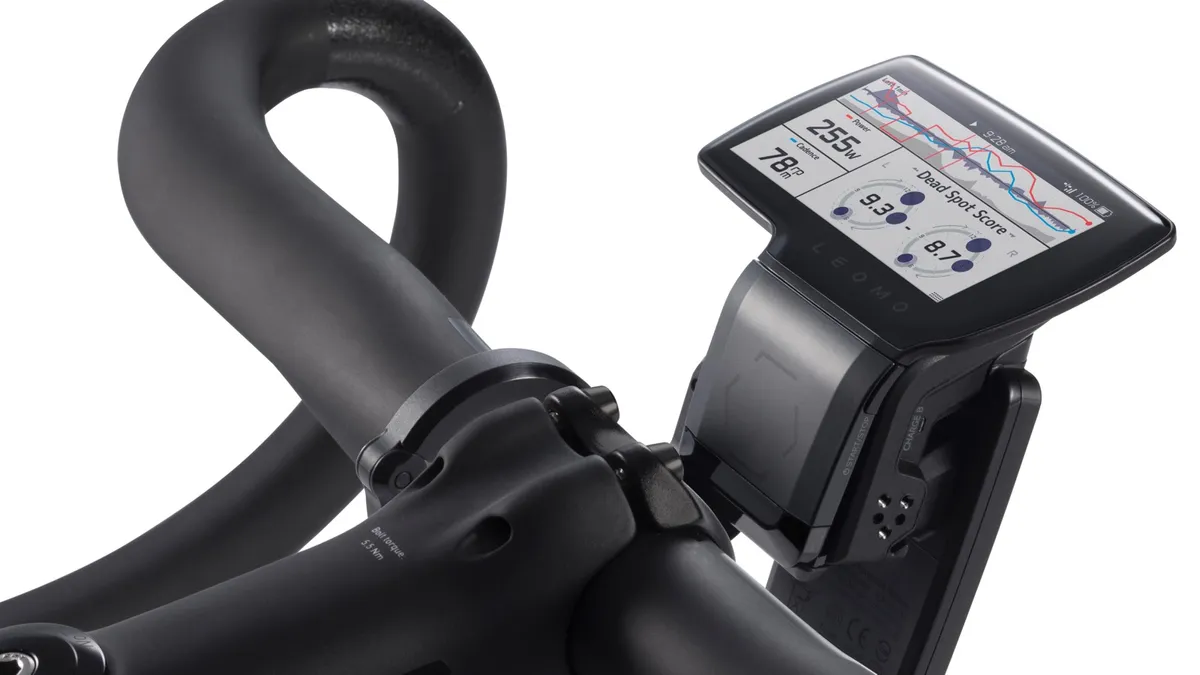
Real-world data output
In hopes of answering this question, Leomo has introduced what the brand considers to be the future of motion analysis, the Type-R wearable measurement tool. The system consists of a touchscreen head unit and five 3-axis gyroscopic / inertia sensors that are to be positioned on the shoe (2), thigh (2) and pelvic region (1).
Leomo claims the system provides real-time (and wirelessly downloadable) metrics that can aid in the understanding of performance and injury.
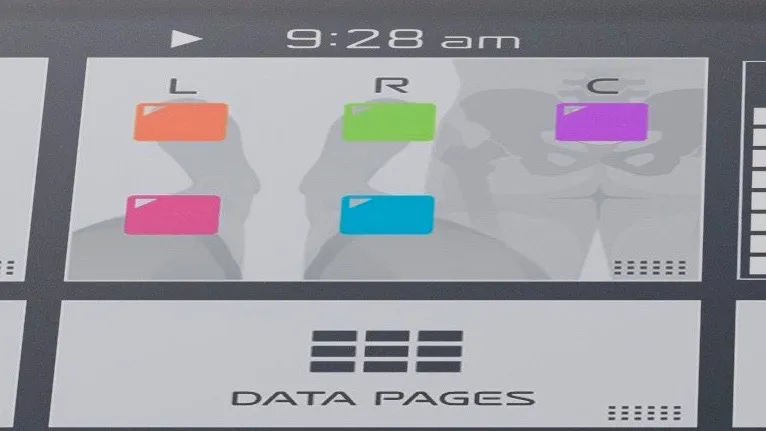
A handlebar-mounted display unit meets modern computer standards with GPS tracking and ANT+ connectivity, for power, cadence and heart rate measurements. Battery life is a claimed 6.5 hours.
Taken together, this system provides a few of the measurements commonly seen by existing indoor motion capture systems — but the Leomo’s data is from outdoor rides, not efforts on a stationary trainer.
For post-ride analysis, Type-R has a web-based dashboard and has future integration plans with the most popular training platforms like TrainingPeaks.
A resource for the trained eye
The wearable system currently focuses on several parameters deemed appropriate for cyclists and coaches: “dead spot scores”, “foot angular range”, “leg angular range” and “pelvic tilt”.
Leomo claims the combination of the system with other metrics can enhance a coach’s or athlete’s understanding of how they are performing, and if they are putting themselves at risk of an overuse injury. The system could be a useful addition to the understanding of performance for well-studied athletes or their coaches.
The company plans for the units to be available in the US this summer for $700-$800, with global availability shortly thereafter.
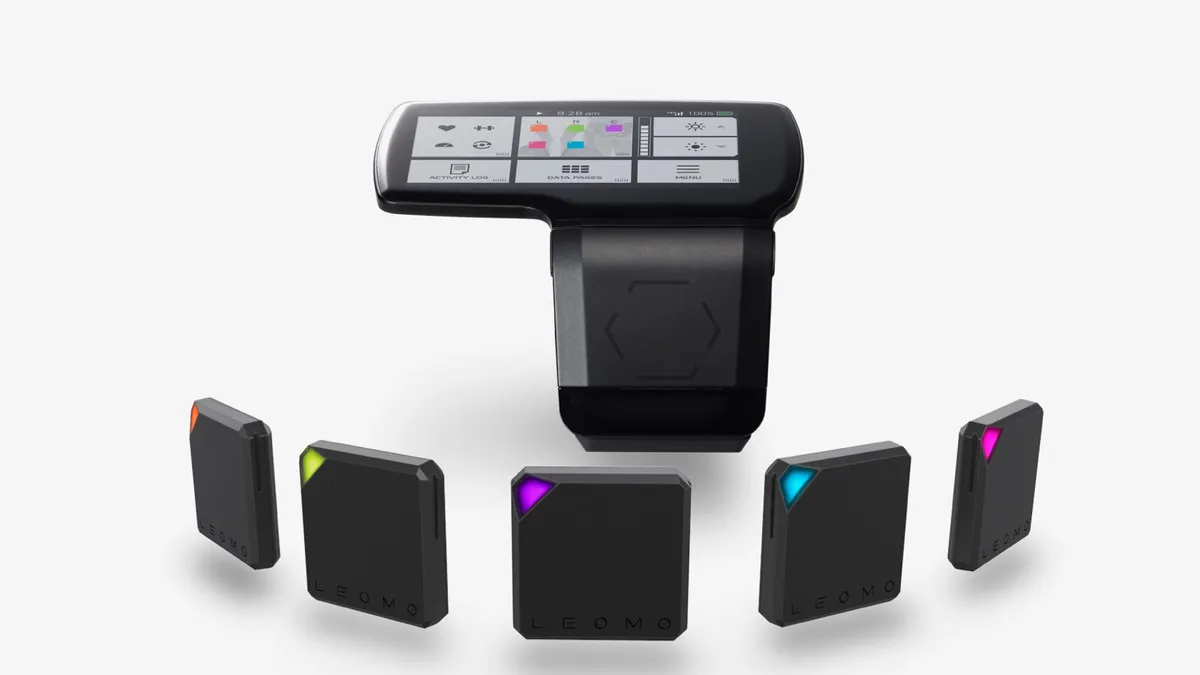
We’re looking forward to testing a unit, and to answer a few questions we have. These include, how does the Type-R compare to existing indoor measurements? What is the accuracy, and how precise are the measurements? And, of course, similar to every measurement tool, once measurements are taken, how is the output useful to the rider?
Currently Leomo is working with several qualified members of the cycling performance world for beta testing of the apparatus, prior to its official release.
Assuming the system functions as claimed, this is yet another leap forward in the world of bike fit and the understanding of real-time rider positioning. Once we get our hands on the system there’s certainly more information to come.
